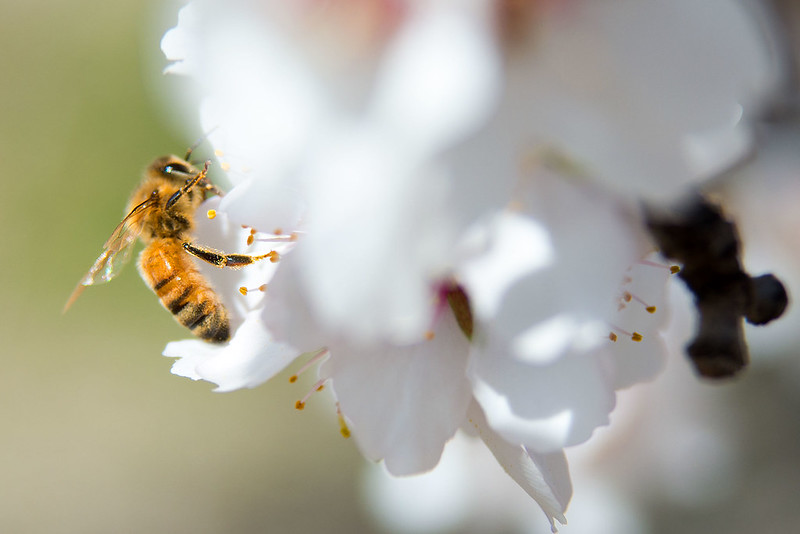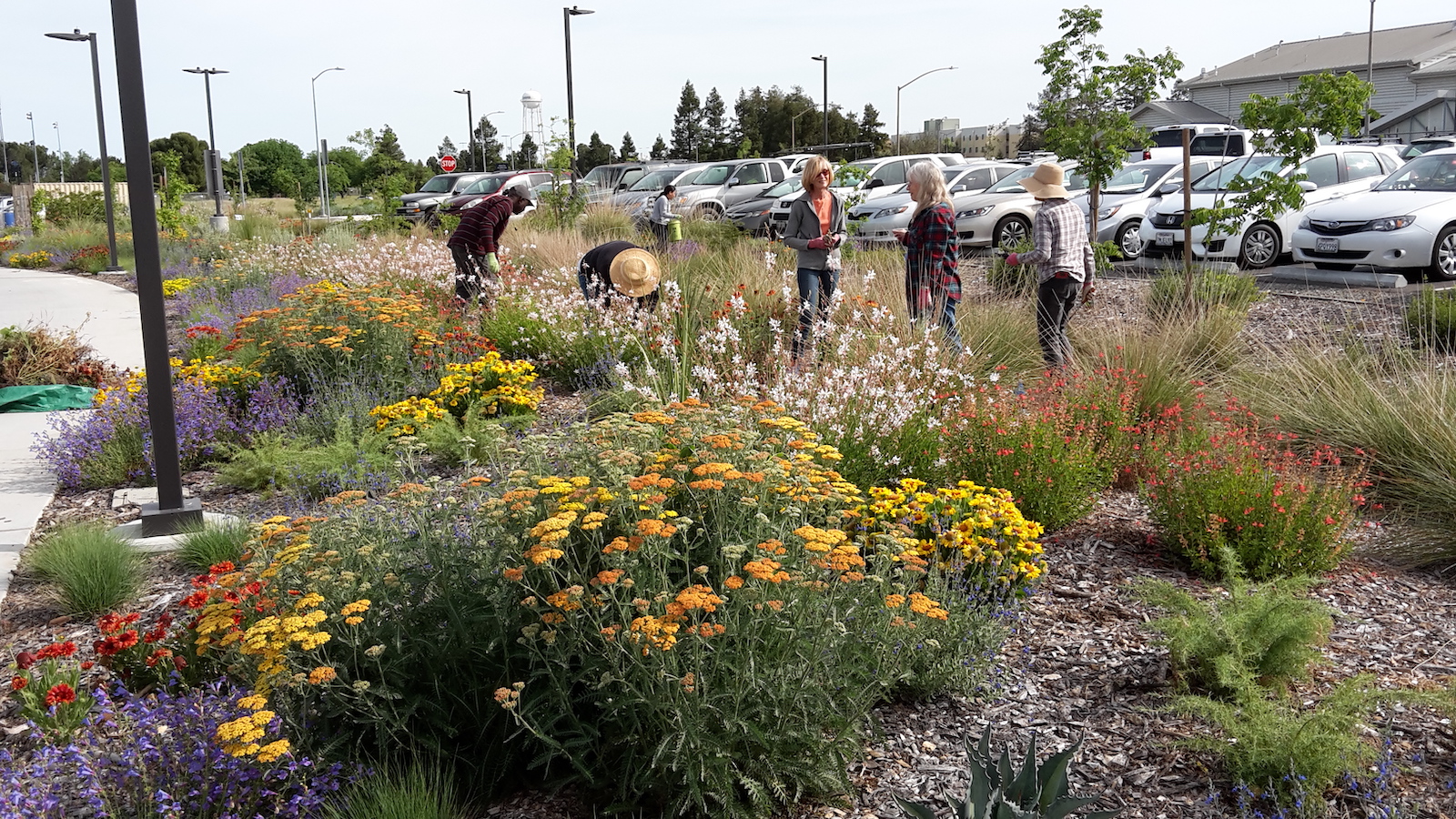
How to go on a bee walk
A bee walk is a great way to get outside, gather friends and family for a walk to look for bees and learn ways you can protect them.
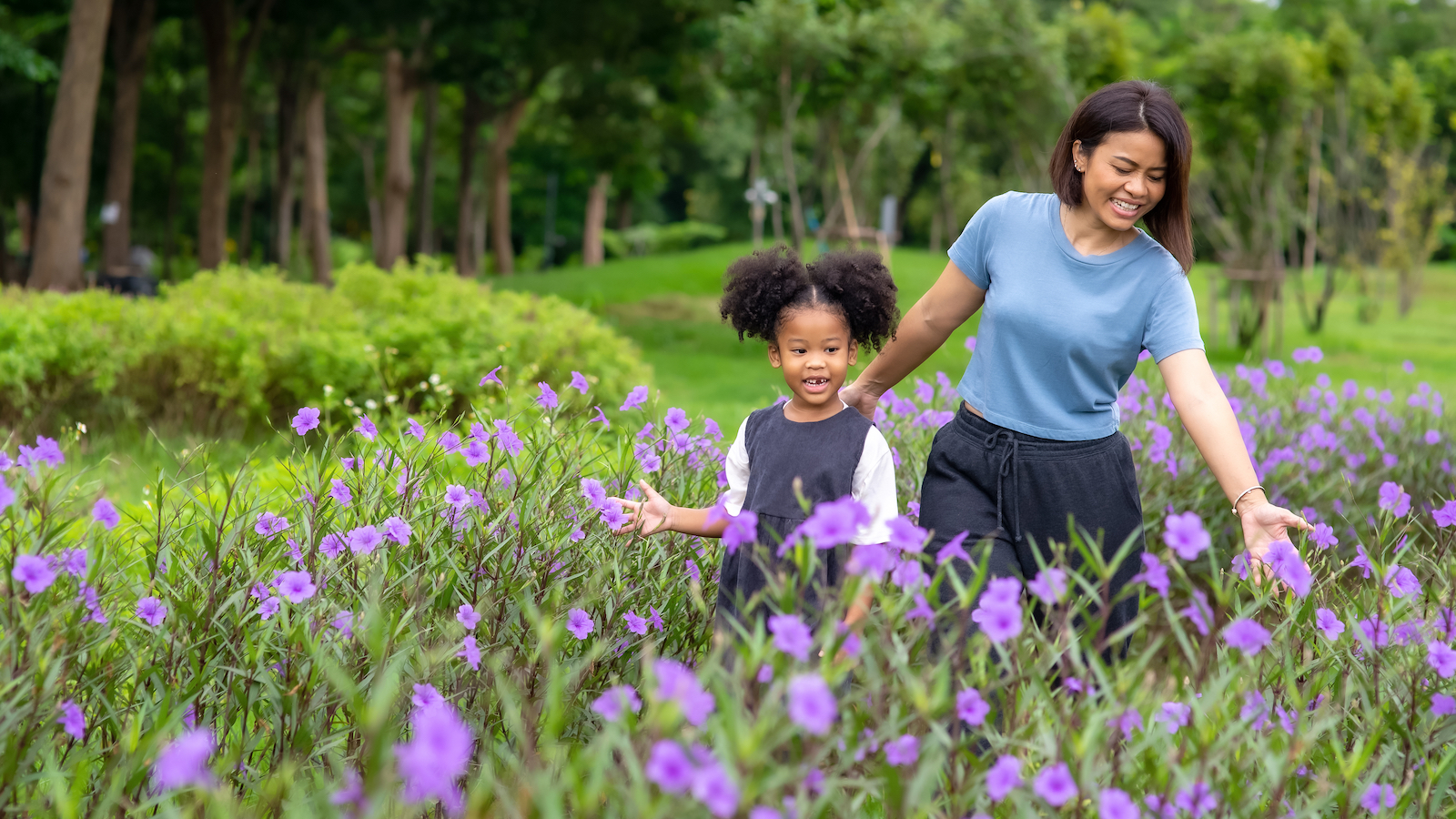
What better way to spend a sunny afternoon than helping the planet than by helping the fuzzy little critters whose hard work holds up entire ecosystems?
I’m talking about bees. These humble heroes pollinate 80% of the world’s flowering plants, and there are more than 4,000 bee species native to the United States alone. But as they buzz from blossom to blossom, they’re increasingly likely to encounter the toxic pesticides that are driving steep declines in bee populations.
So if you’re looking for a fun way to get outside and take some simple steps to help save the bees, why not take a bee walk?
What’s a bee walk?
To go on a bee walk, gather your family and friends and head outside for a walk around your local park or neighborhood, watch those precious pollinators at work, and join others in taking simple actions that can help save the bees. Here are 10 fun activities to make your bee walk great:
-
Plan your bee walk
A bee walk is a great way to get your kids interested in nature, spend time with your friends and neighbors, and get others involved in helping to save the bees. Print and share this downloadable Bee Walk Tip Sheet with folks you invite along! You can make the day even more fun for the kids with bee face paint or antennae made from recycled materials or leftover art supplies.
-
Start with a pollinator garden at home
Start your bee walk at home with a trip out to the backyard. You can use our guide to learn about planting native plants in your yard. Pro tip: Order pollinator-friendly seeds or native plants ahead of time. Or, simply use this stop to scout out places in your yard or garden that you could dedicate to bee-friendly habitat.
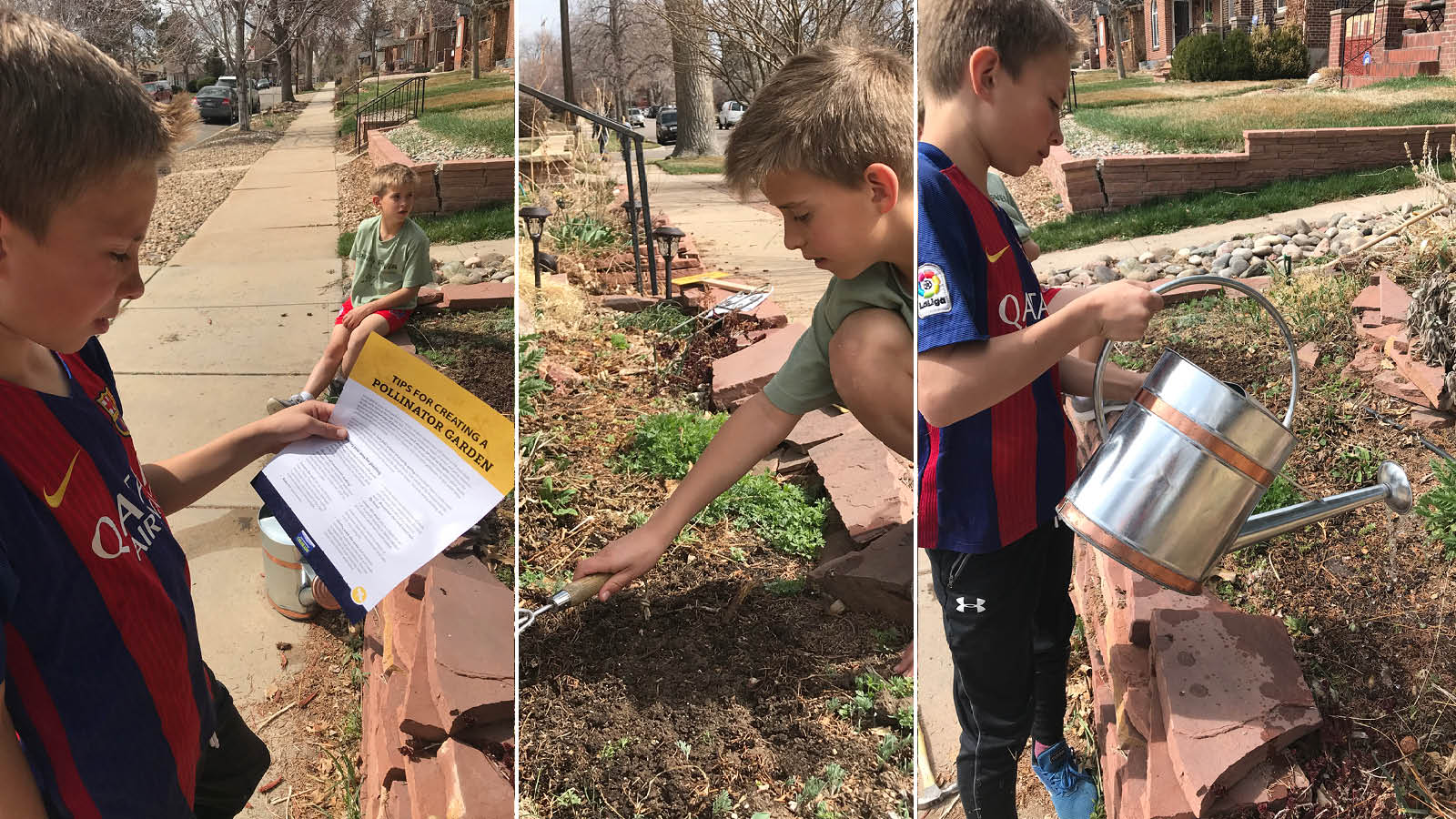
-
Walk to your local park or around your neighborhood
Along the way, look for “greenways” that bees use to travel and places where they could be expanded. Cities can provide great habitat for bees if you know where to look! Take photos of any parking islands, sidewalk strips or grassy areas along the roadside that could benefit from some added native plants, and note any businesses, schools, public buildings or places of worship that you could ask to create more bee habitat on their grounds.
-
Drop off a thank you note from a bee
Do you see any bee-utiful bee-friendly yards or gardens along your walk? Give your neighbor our thank you note from a bee! Download the card here.
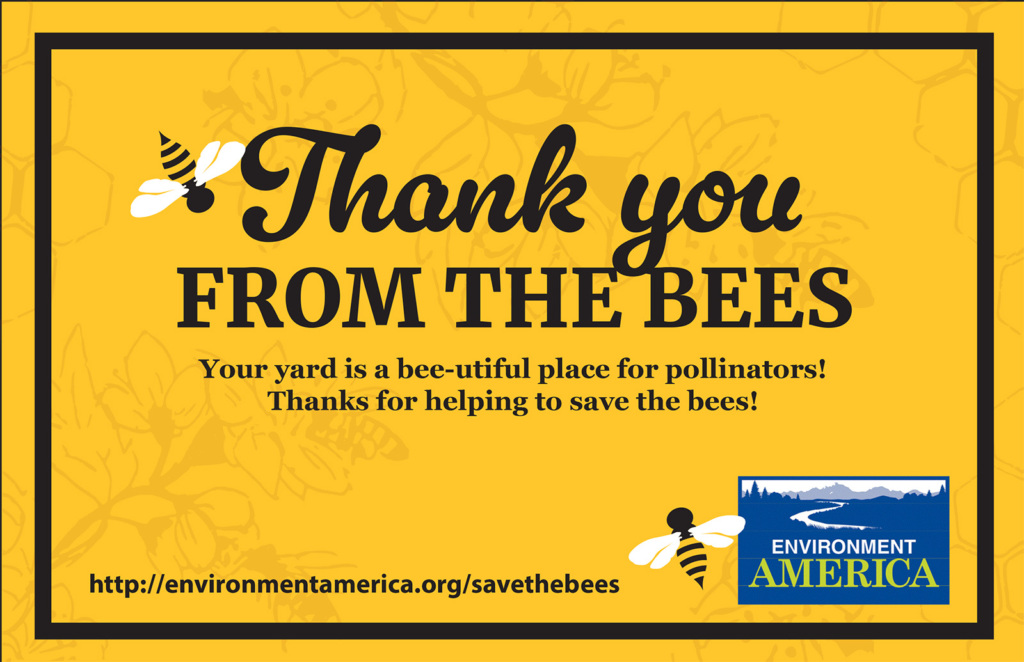
Photo by staff | TPIN
-
Take a photo of a bee
Be ready to snap a photo of any bees you might see on your walk. You can even try to identify what species of bee it is starting with this guide — and you can find even more detailed resources here. If you’re having trouble identifying why types of bees you’ve found and photographed, the “What’s This Bug?” community on reddit is a great resource, too.
-
Make your local park a bee oasis
When you reach your local park, look for ways it could be improved for bees. The most important thing is to avoid using bee-killing pesticides in our parks. You can ask your local parks department to adopt bee-safe alternatives or to take any of these simple actions to make green spaces better for bees.
-
Throw a bee dance party
The fun doesn’t stop when your bee walk is done. Bees do a waggle dance when they return to the hive to communicate with one another, and you can too! Enjoy a party spread of the fruits and vegetables that we have bees to thank for (ice cream too — bees pollinate the alfalfa that’s fed to dairy cows!).
-
Speak up for the bees
Take a minute to tell Amazon, the world’s largest online retailer, to stop selling bee-killing neonicotinoid pesticides on its website. When you do, you’ll be joining thousands of others raising their voices for the bees.
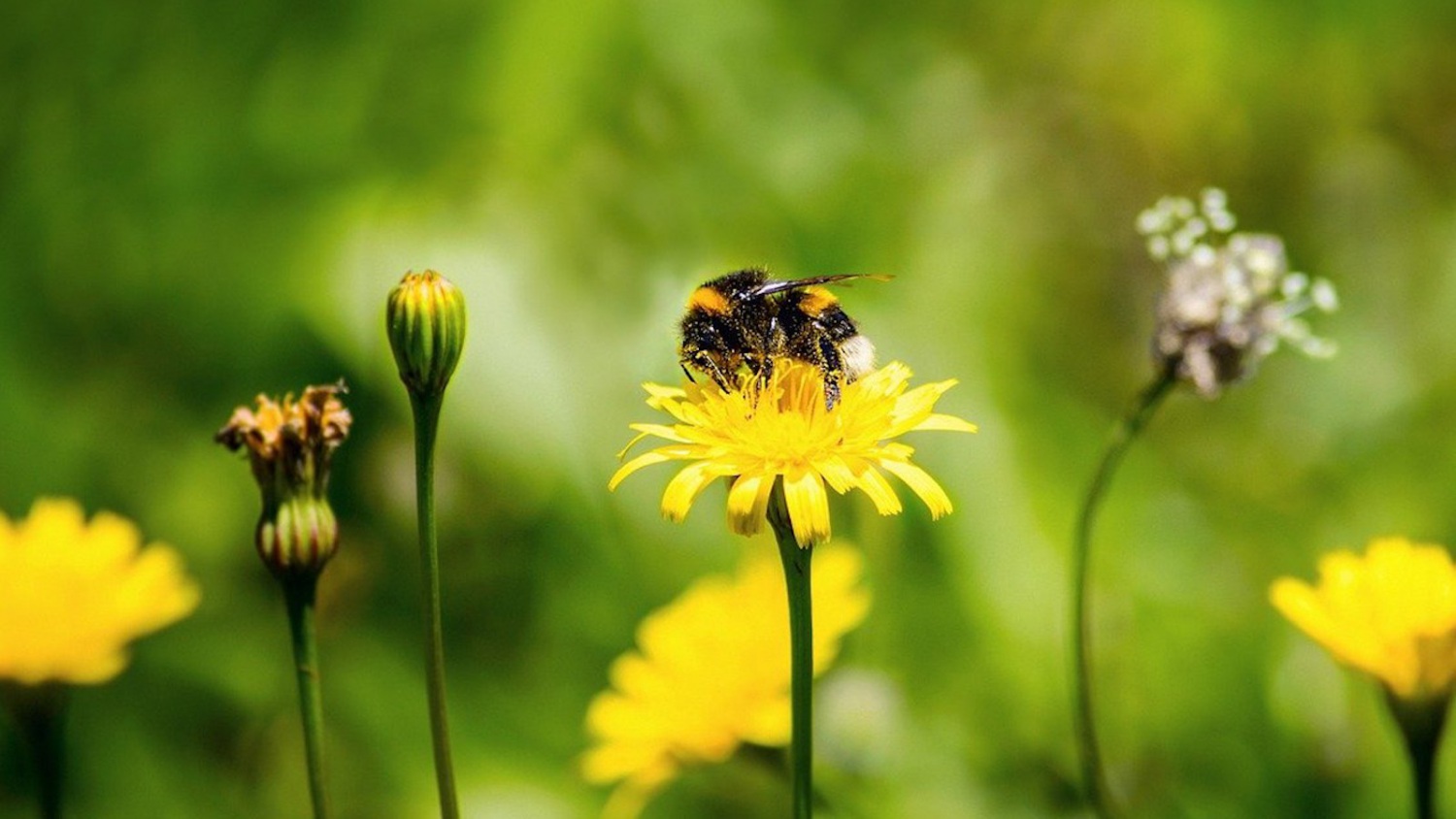
Tell Amazon: Don’t sell products with bee-killing pesticides
Amazon has a chance to make a major difference in protecting our best pollinators by removing bee-killing pesticides from its site.
-
Make a gift to PennEnvironment
In addition to our call on Amazon, we’re also urging the Biden administration to reinstate an Obama-era ban on the use of neonics in wildlife refuges, we’re calling on Congress to provide funding to create more green rooftops, and we’re lobbying the Environmental Protection Agency to ban the worst uses of neonics. But we couldn’t do it without the support of people like you!
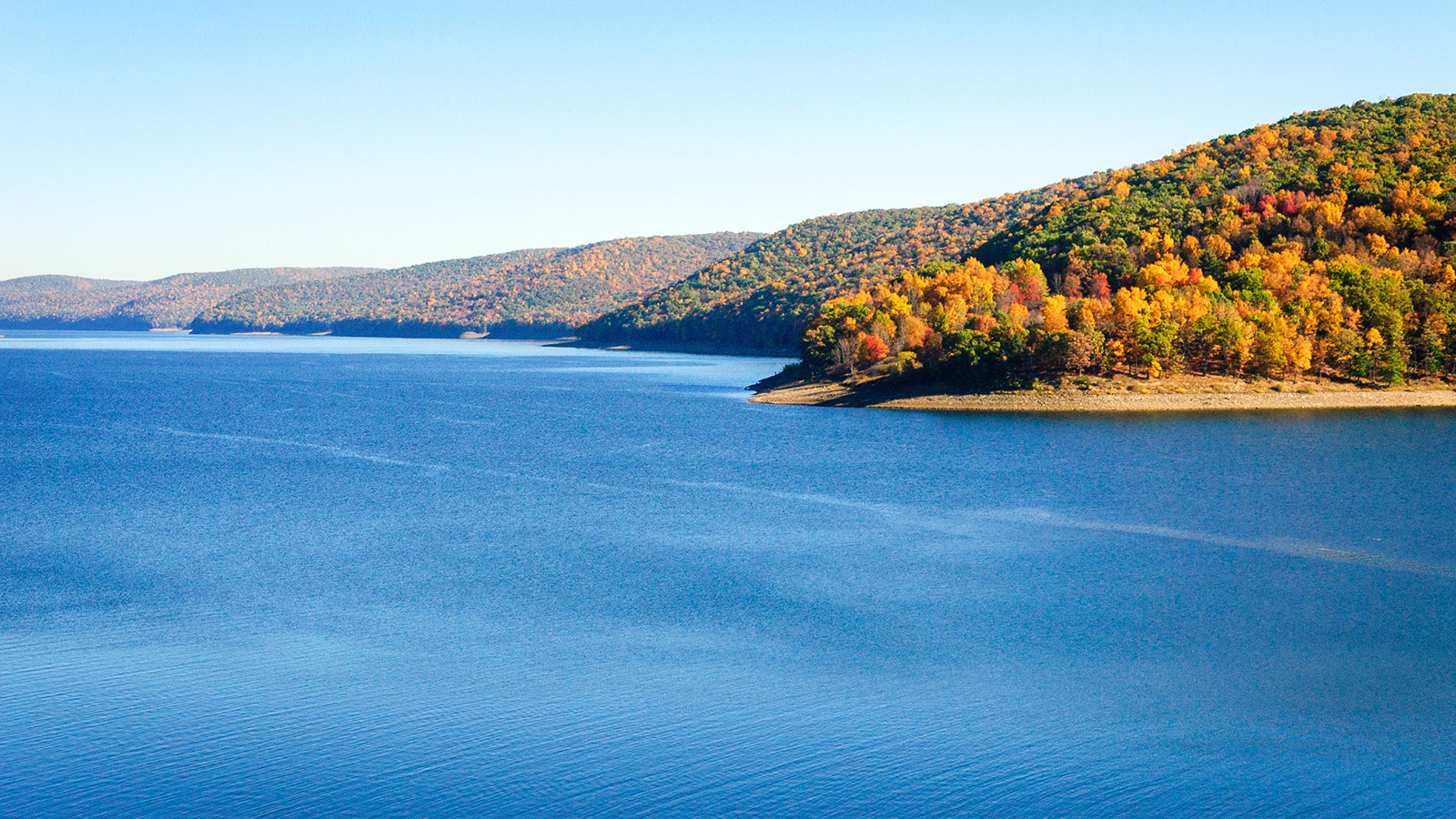
Donate Today
When you give, you can help protect the places that all of us love and promote core environmental values, such as clean air to breathe, clean water to drink, and clean energy to power our lives.
-
Share your bee walk stories
Raise awareness and show your support for bees on social media! Add the #beewalk hashtag to share your photos and stories and connect with others who are taking action to save the bees.
Environment America, Inc. is a 501(c)(4) organization. EIN 20-5355252.
Topics
Author
Steve Blackledge
Senior Director, Conservation America Campaign, Environment America
Steve directs Environment America’s efforts to protect our public lands and waters and the species that depend on them. He led our successful campaign to win full and permanent funding for our nation’s best conservation and recreation program, the Land and Water Conservation Fund. He previously oversaw U.S. PIRG’s public health campaigns. Steve lives in Sacramento, California, with his family, where he enjoys biking and exploring Northern California.
Find Out More
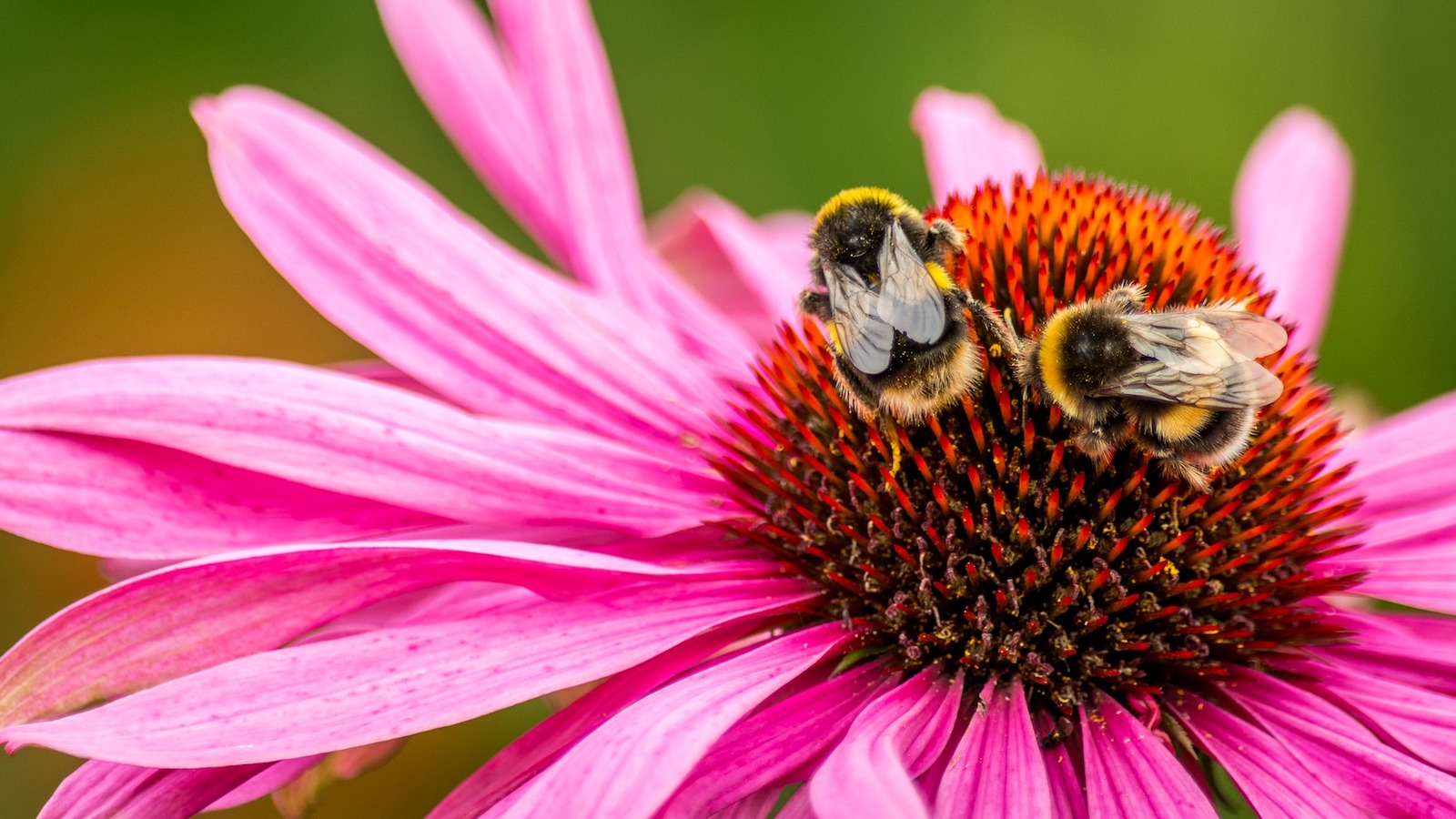
3 ways neonic pesticides are harming bees
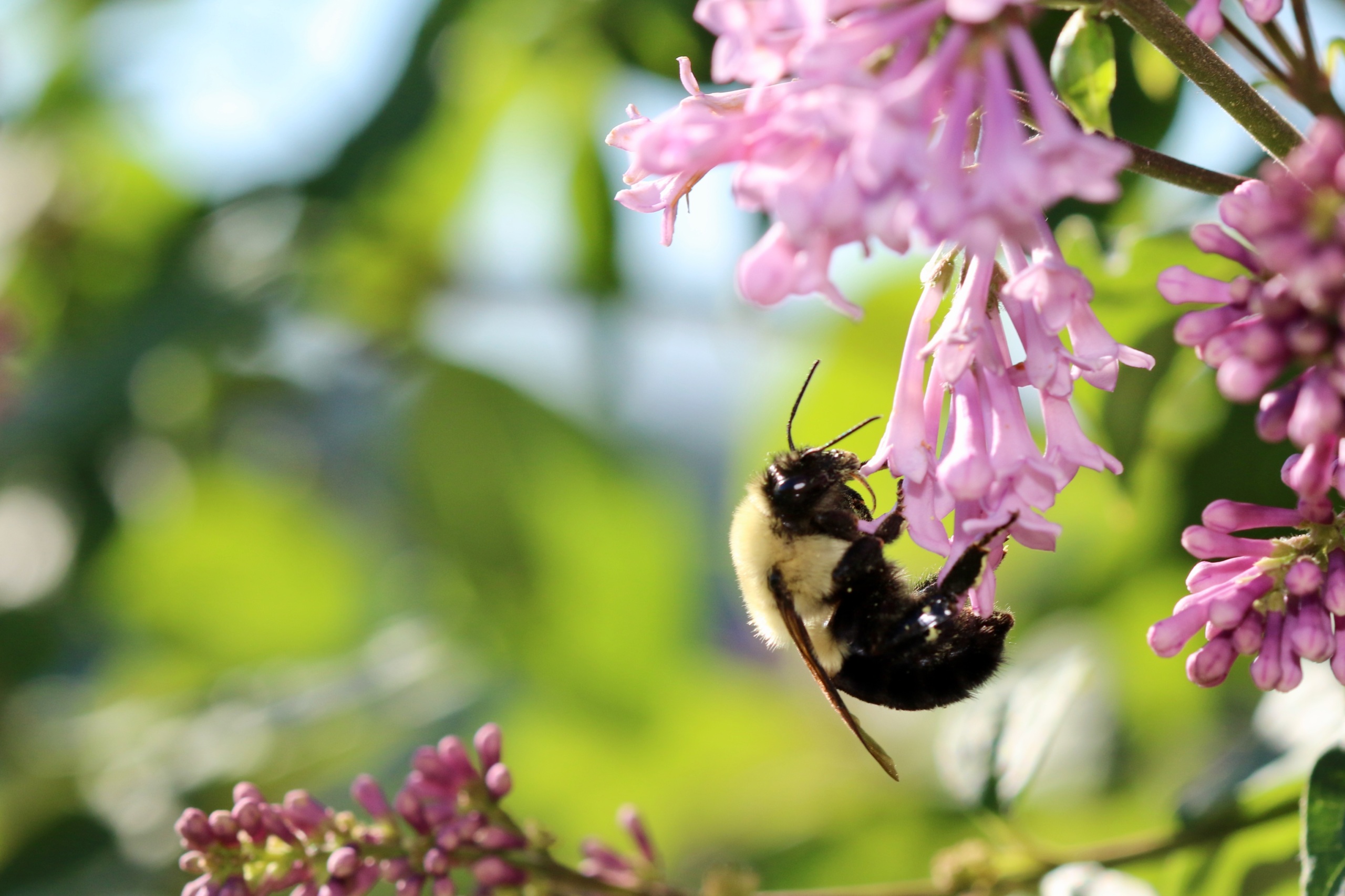
Why we should save the bees, especially the wild bees who need our help most
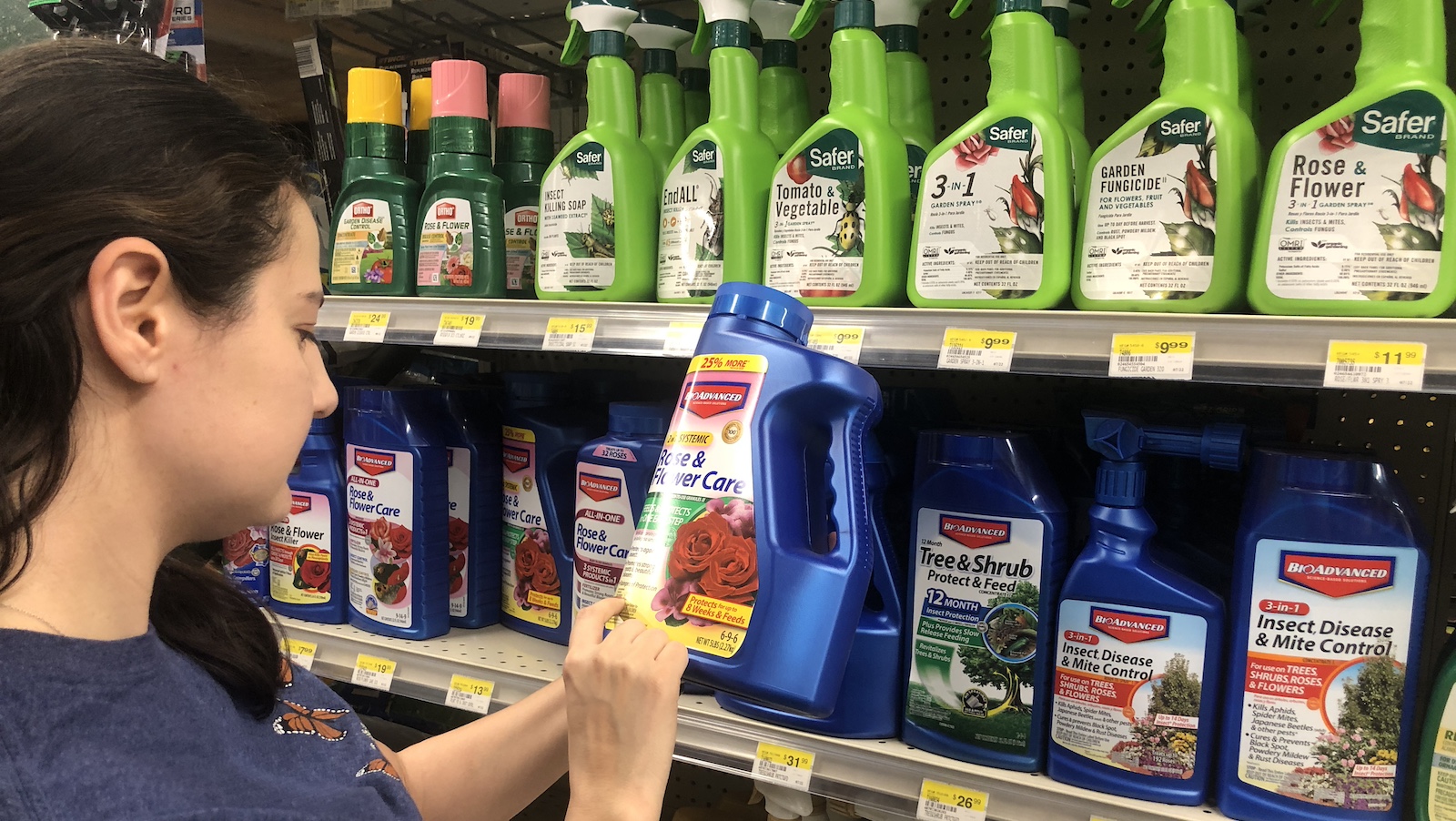
How to avoid bee-killing pesticides
